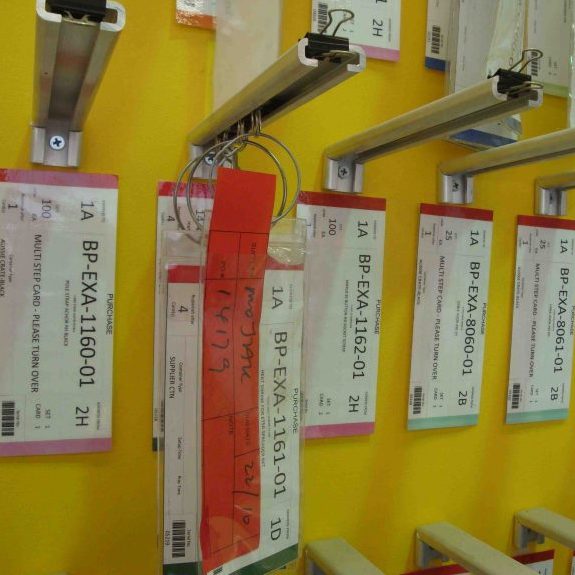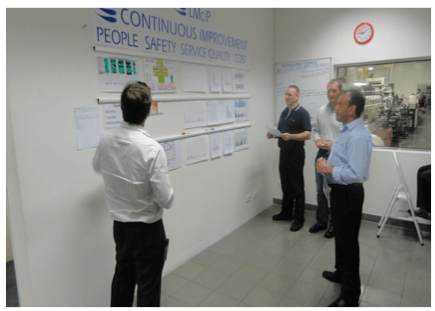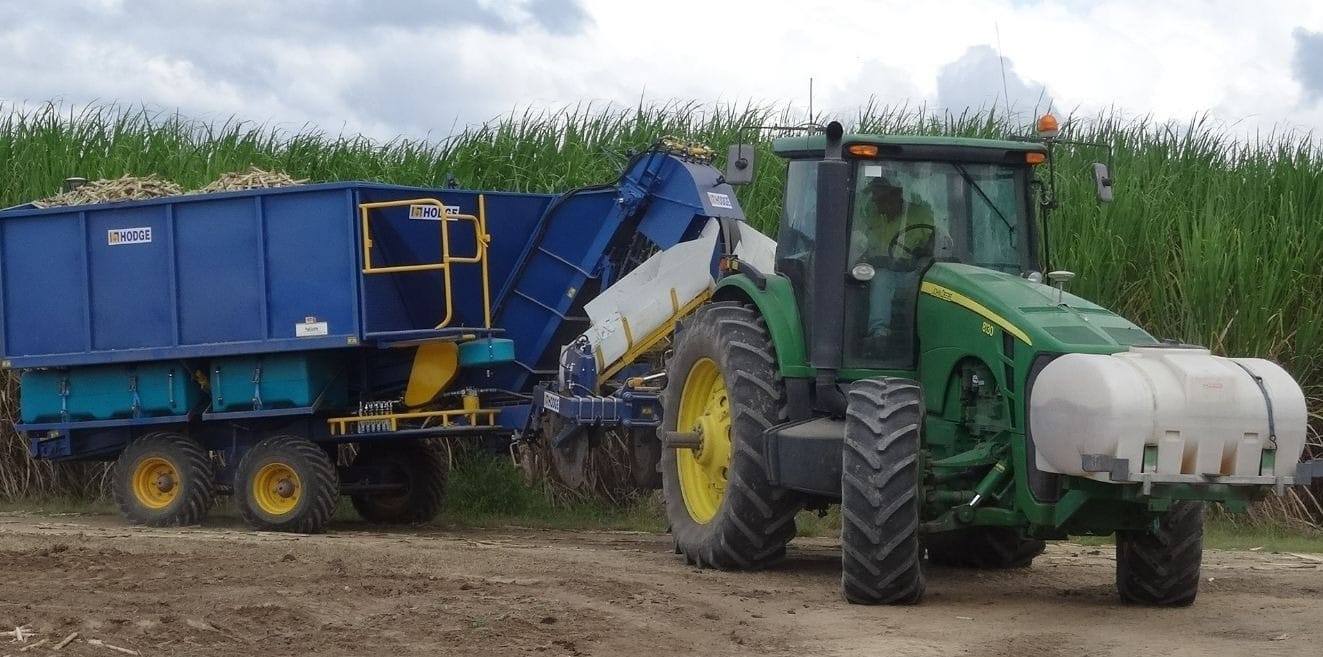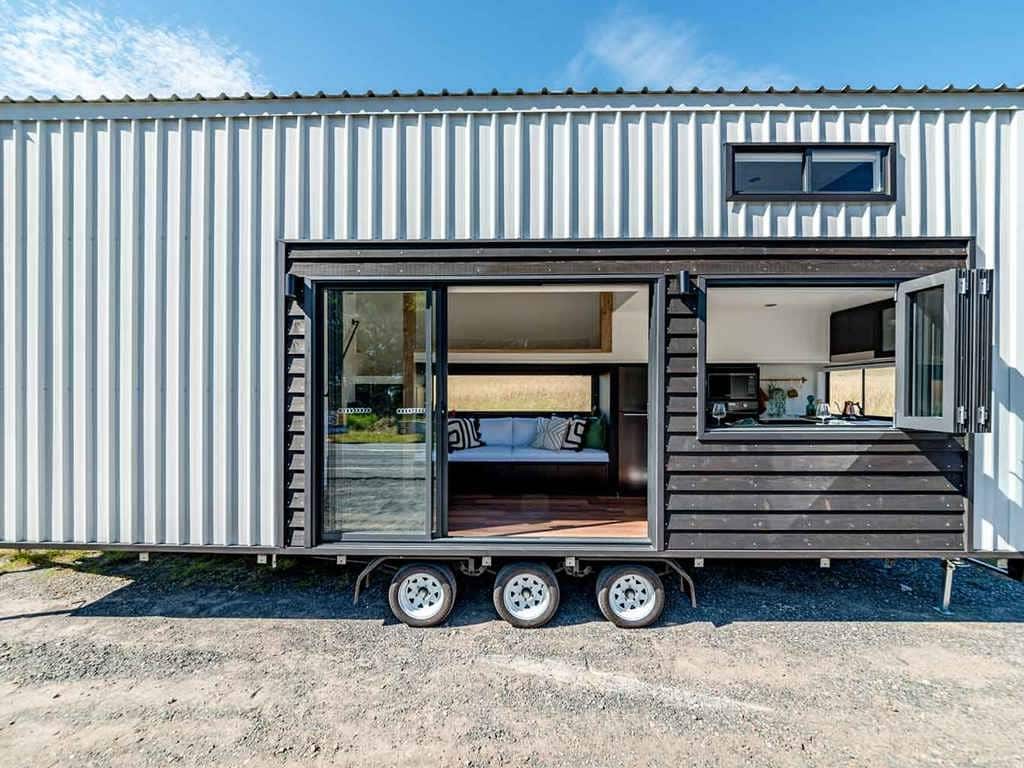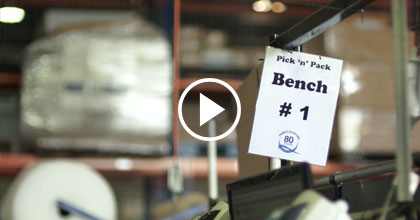“It’s not about the tools” is an observation often made about Lean. That is, that Lean is more than just a set of tools and techniques but is actually a complete management system that needs to be backed up by a consistent approach to leadership.
When companies first started adopting Lean, they chose to selectively apply Lean tools to try and drive improvement. This led to marginal gains in performance, but not the kind of breakthrough improvement that was inspected. As long ago as the late 1990’s it was recognised that Lean was more than just a set of tools.
Literally dozens of writers have commented on the importance of leadership.
Consistent support and behaviours at every level of management is needed to achieve sustainable adoption of Lean thinking. Every day I read LinkedIN posts about Lean from consultants and practitioners and these overwhelmingly discuss the importance of leadership support and basic tools like visual management, leader standard work and 5s.
Leadership support is vital for any change in an organisation and Lean is no exception. Visual management, leader standard work and 5S are also certainly essential foundations of a Lean management system.
However, on their own, these techniques will lead to incremental improvement without fundamental change to processes by application of the core Lean tools.
What seems to be happening with the overwhelming focus on these basic foundations of Lean is a “dumbing down” of the concept and loss of the fundamental essence of what is Lean. So I thought it worth revisiting what I view as the essential elements of Lean and explaining how the “tools” can fit together into a system.
I am going to talk about manufacturing, but much of this can apply to non-manufacturing processes as well, simply substitute “production” with “processing” and the same concepts can be applied.
“Flow”- the Heart of a Lean Production System
At the heart of Lean thinking is the concept of flow. This means a constant flow of value being delivered to the customer at a rate that matches customer demand or takt time.
One-Piece Flow
The clearest demonstration of flow is one piece flow where products (or services) flow through a process one at a time from one process step to another at a constant rate without interruption or inventory buffers.
Achievement of one-piece flow will deliver the minimum waste and minimum lead time in a process. A moving assembly line is the classic example of one piece flow, but it can also be achieved in production cells where products are moved by hand from one workstation to the next or even in “pulse flow” where complex products are moved from one workstation to the next at a rate equal to takt time.
The key elements of flow are that products move at a constant takt time from one process to the next without inventory buffers.
Levelling is a Key Lean Element
Achieving flow requires another key lean element, levelling. This means ensuring, to the extent possible that the cycle time for each step in the process matches the takt time.
If the time it takes to complete any single step in a process, the cycle time, is greater than the rate of average customer demand, the takt time, then the overall process will not be able to keep up with the customer.
Equally, if the cycle time of any step is less than the takt time, then that step will have to slow down or stop and wait for other steps to be completed or else inventory will build up. As a result, we use line balancing to assess the cycle time of each process step and re-allocate work along the production flow to balance up the work at each process step and match the rate of production to takt time.
Usually, we aim for the cycle time to be slightly less than takt time, to allow for a little variation in cycle times.
Read more:
Standard Work
Achieving level production requires that each process step can be completed in a consistent time, every time and by every person who completes that step.
Therefore, we need to define each task at each step of the process so that each person carrying out that task does it in a consistent way in terms of the steps involved, the sequence that those steps are completed, how long the process should take, and the outcome achieved.
This is typically called standard work. It is not to be confused with safe operating procedures (SOPs), which may define the steps in the task and how they can be performed safely, but rarely define the expected timing of the process, which is essential for level production and flow.
If you Can’t Flow, Pull
With some processes, the technology available does not allow for manufacture of one product at a time or one-piece flow.
This might be because the process takes time to change over from one product to the next (e.g., stamping or injection moulding) or requires products to be manufactured in batches (e.g., many food or chemical manufacturing processes). In this case, the “batch” process can replenish an inventory buffer or “supermarket”.
Kanban
When processes downstream of the supermarket consume this inventory, new batches are then “pulled” from the batch process. This is called pull production or Kanban. Where possible, raw materials are also “pulled” from suppliers using Kanban.
Provided lead times are kept short, pulling materials is more reliable and results in lower inventory and fewer shortages.
Building the Foundations For Flow
So where do things like Leader standard work, visual management and 5S fit in?
I have explained creating flow requires the production rate to be levelled to takt time and how standard work is required to ensure that each step of the process can meet the level rate of production.
However, if the workplace itself it is not standardised and tools and materials are in a different location every day, then it is not possible to work in a standardised way at a standardised rate.
Therefore, a system for controlling the organisation of the physical workplace is required. This system is, of course 5S.
5S System
5S is not about just “cleaning up” but rather it creates a standardised workplace that is essential if team members are going to work in a standardised way and achieve a consistent rate of throughput.
Beyond maintaining standard work, pull production systems such as Kanban are usually controlled through visual triggers and so there needs to be discipline that materials are always put in the right location.
Again 5S disciplines are essential if this is all going to work.
Anyone who has tried to implement 5S will know that it requires discipline. This also extends to other aspects of the system such as maintaining a Kanban system or keeping standard work on track. So how do you maintain that discipline? The answer needs to come from front line leaders, who need to be the ones keeping the overall production system on track.
To do this they need feedback on performance and a system to make sure that they do the right things to support their teams every day. The feedback on performance comes through recording team performance themselves in the workplace on a visual management board. However just recording numbers is not enough, there needs to be action taken to improve performance and solve problems.
Therefore, hourly short interval controls and daily meetings are required. To ensure that front line leaders do the things necessary to maintain the production system, daily routine tasks are necessary. This is often referred to as leader standard work.
Frontline Leadership
Front line leaders need support from To maintain and improve the whole system then requires management support through resources, communication and consistent leadership behaviours. This includes a process of policy deployment as well as regular involvement of senior leadership in the workplace (or “gemba”).
Creating flow means that processes have minimum inventory (often called “just in time”). When inventory is at a minimum it is essential that the quality of that inventory is perfect. Achieving this means that quality must be achieved at every step of the process, often referred to as “quality at the source” or “right first time”.
These disciplines are also combined with effective tools for problem solving to ensure that when problems occur the root causes are found and eliminated. Often the solution will be to put in place countermeasures that eliminate the chance of error.
These can be built into machines or into manual processes, which is known as error proofing.
Two Other “Tools” That May be Needed for the Production System
If machines are an essential part of the process, then to achieve flow they need to be available and reliable when needed.
TPM (Total Productive Maintenance)
This requires an effective system of maintenance, for which Lean offers Total Productive Maintenance.
Note that just as 5S is not about cleaning up, TPM should not be seen as just about minimising downtime. Instead, it is about ensuring that machines run when they are required to run at the desired rate with the minimum yield loss.
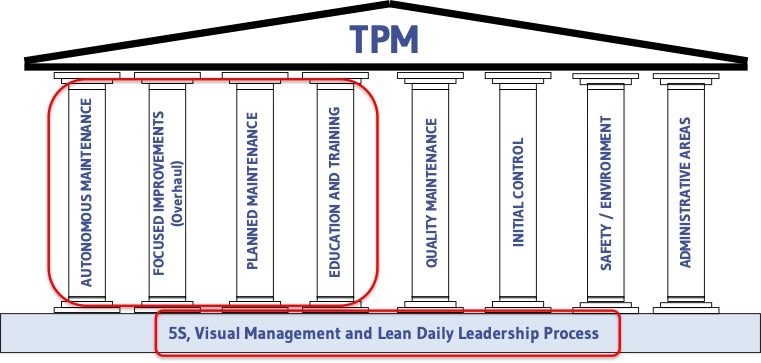
In processes where one-piece flow is not possible, then minimum lead time and maximum flexibility can be achieved when batch sizes are minimised. The key variable determining batch size is the time and waste involved in changeovers.
SMED (Single Minute Exchange of Die)
For this reason the “single minute exchange of die” (SMED) method was developed to bring changeover times down to a single digit number of minutes.
In Summary: Lean Production Systems
What you will recognise in this article is a quick survey of the key elements of Lean.
However, the point is to demonstrate that the tools that get talked about most these days, visual management, leader standard work, 5S, policy deployment and “gemba walks” do not, in themselves, constitute a Lean production system.
Rather they are enablers or foundations that need to be in place to sustain a Lean production system based on flow.
The focus of your lean production system should be the elimination of waste and maximising of customer value through creating flow. This pursuit is what is necessary if you want to achieve a performance breakthrough in your operation rather than just incremental gains.


